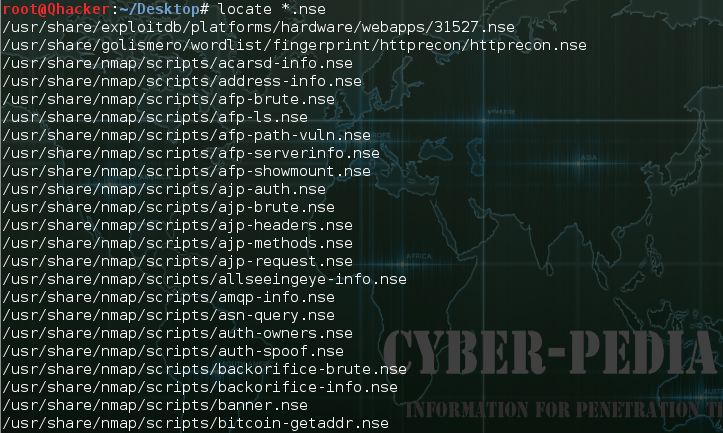The U.S. Department of Justice (DoJ) on Thursday disclosed that it took down the infrastructure associated with a Russian botnet known as RSOCKS in collaboration with law enforcement partners in Germany, the Netherlands, and the U.K.
The botnet, operated by a sophisticated cybercrime organization, is believed to have ensnared millions of internet-connected devices, including Internet of Things (IoT) devices, Android phones, and computers for use as a proxy service.
Botnets, a constantly evolving threat, are networks of hijacked computer devices that are under the control of a single attacking party and are used to facilitate a variety of large-scale cyber intrusions such as distributed denial-of-service (DDoS) attacks, email spam, and cryptojacking.
"The RSOCKS botnet offered its clients access to IP addresses assigned to devices that had been hacked," the DoJ said in a press release. "The owners of these devices did not give the RSOCKS operator(s) authority to access their devices in order to use their IP addresses and route internet traffic."
Besides home businesses and individuals, several large public and private entities, including a university, a hotel, a television studio, and an electronics manufacturer, have been victimized by the botnet to date, the prosecutors said.
Customers wanting to avail proxies from RSOCKS could rent access via a web-based storefront for different time periods at various price points ranging from $30 per day for access to 2,000 proxies to $200 per day for access to 90,000 proxies.
Once purchased, criminal actors could then redirect malicious internet traffic through the IP addresses associated with the compromised victim devices to conceal their true intent, which was to carry out credential stuffing attacks, access compromised social media accounts, and send out phishing messages.
The action is the culmination of an undercover operation mounted by the Federal Bureau of Investigation (FBI) in early 2017, when it made covert purchases from RSOCKS to map out its infrastructure and its victims, allowing it to determine roughly 325,000 infected devices.
"Through analysis of the victim devices, investigators determined that the RSOCKS botnet compromised the victim device by conducting brute force attacks," the DoJ said. "The RSOCKS backend servers maintained a persistent connection to the compromised device."
The disruption of RSOCKS arrives less than two weeks after it seized an illicit online marketplace known as SSNDOB for trafficking personal information such as names, dates of birth, credit card numbers, and Social Security numbers of about 24 million individuals in the U.S.


















